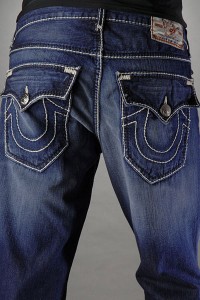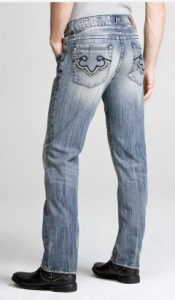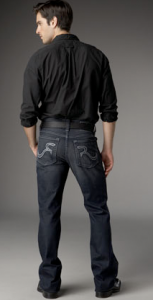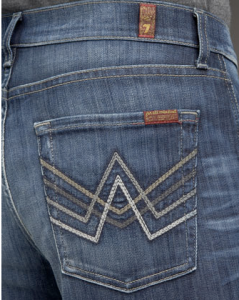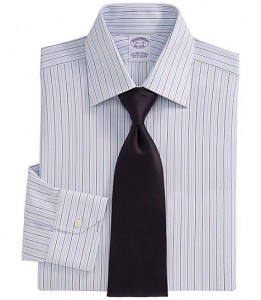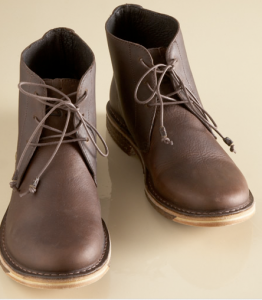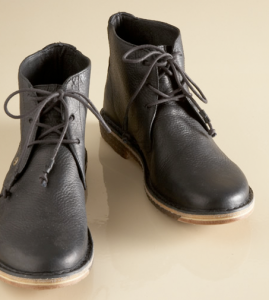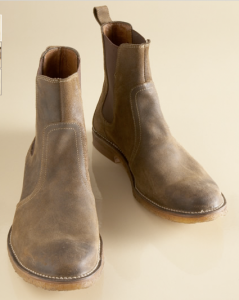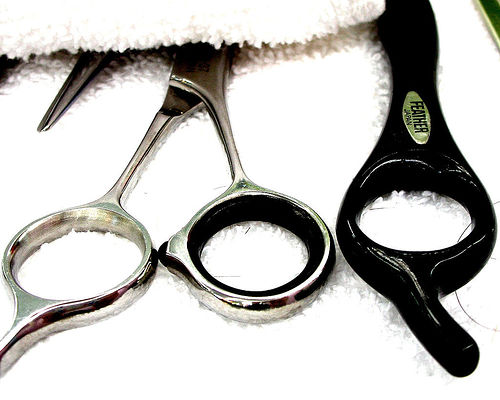Posted in Basic Fit Lessons, Body Type, Dress, Fit Lesson, Popular, Sport Coats, Suits, Tailoring.
Now that we’ve got most of the basics covered, it’s time to tackle The Suit. This is an incredibly important article of clothing: when you’re suited up you implicitly are putting yourself on a stage, whether it’s for work or play. A suit amplifies (and signifies) everything: style, taste, body shape, personality. So, the worst thing you can do is put on an ill-fitting, or out of style suit.
The common mistake is assuming that a suit will fit you right off the rack. This couldn’t be further from the truth (even if you’re buying a $2-3k suit). PG has been lobbying for getting to know your tailor for just about every article of clothing, and based on feedback I can tell that you’re listening. Well, the suit is the granddaddy of them all and should fit perfectly. I can’t stress this enough: it is very unlikely that some amount of tailoring will not be required when purchasing a non-custom made suit.
If you’re in an office that requires a suit, don’t dumb it down and go for the status quo. The baggy coat and pleated pants look doesn’t look good on anybody. If you’re young and stylish, you owe it to yourself to dress more attractively. The cumulative total of even subtle changes will make a huge difference.
There are a myriad of variables that go into a suit, from fit to fabric, but for now we’ll focus on the fit rules and save whatever wildcards there may be for subsequent posts. In general, you want it form-fitting and comfortable. Something that doesn’t just drape on you, or give a boxy silhouette.
This is a long post, but it’s very important. So stay with me.
*Note: most of the suits highlighted in this post tend towards the more inexpensive side. This is intentional. Typically, with suits if you’re spending a lot of $$, and go with a modern designer, it should be easy to find a well-fitting suit. You just have to be more vigilant at more frugal price points.
Pants
When wearing a suit, it’s even more paramount to ensure that your pants fit you well, so make sure you’re following the rules on how pants should fit. The highlights: flat front, precise leg width, sits just below the waist, and has one break in the pant leg (the top of your pants should rest naturally over your shoe, and just above the heel of your shoe in the back). This will give a clean silhouette, without all the excess baggy fabric you see frequently.
If you’ve got a significantly larger chest than your waist, or vice versa, go for stores that sell suit separates to ensure you’re getting the proper fit for both your coat and your pants. Among the mass market brands: Brooks Brothers, JCrew, Express, Banana all sell separates.
Oh, and no pleats.
Coat
Generally, suit and sport coats should mirror the same sort of advice given for shirts. The general idea is buying a coat with a lot less fabric then you’re used to, giving you a coat that fits your body precisely, no matter the type.
But, it does get a little bit more complicated. Here are the important sub-categories.
Read the rest of this post
Tagged: Sport Coats , Suits , Tailoring
